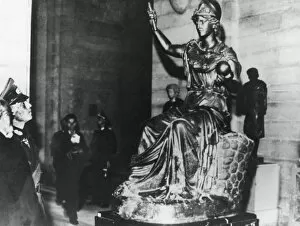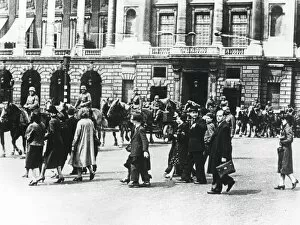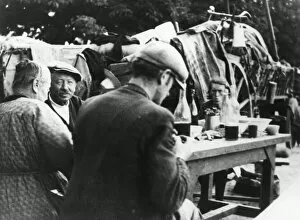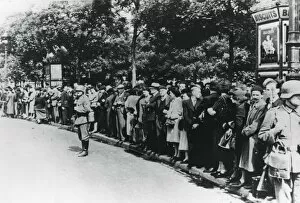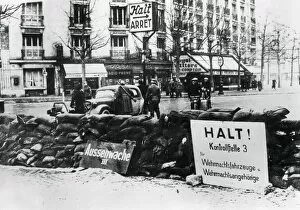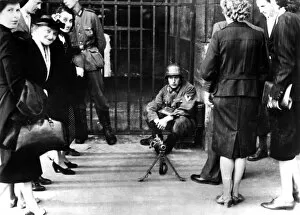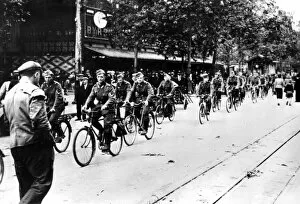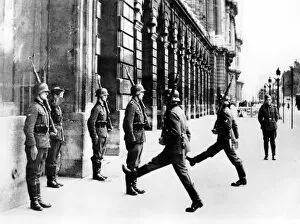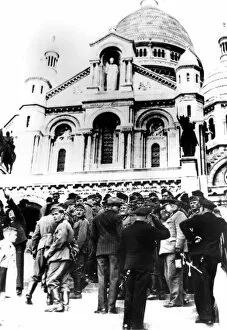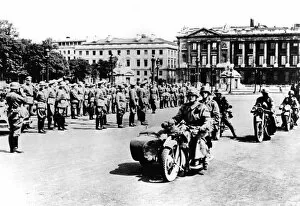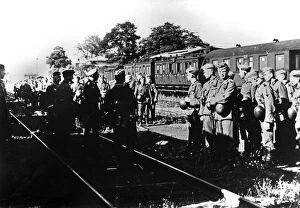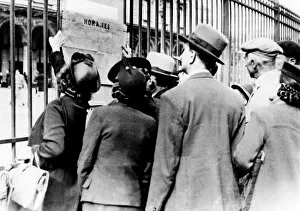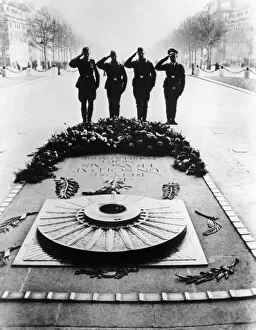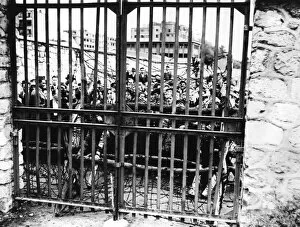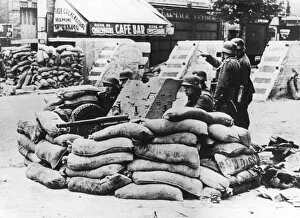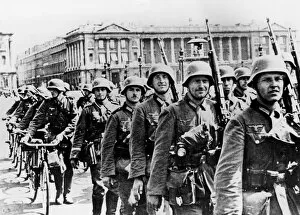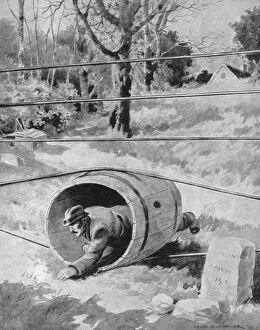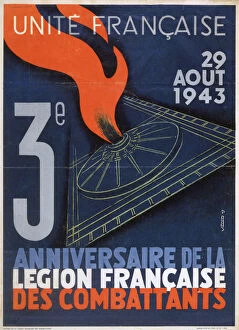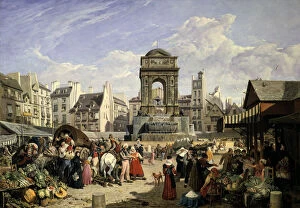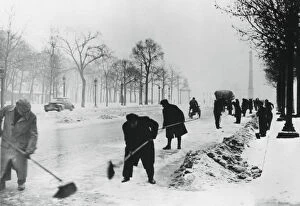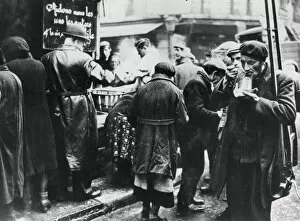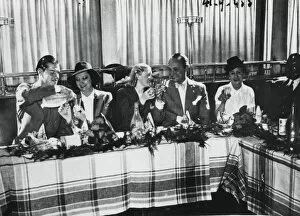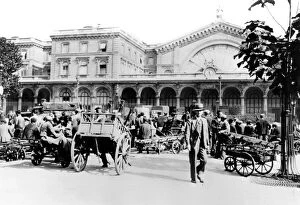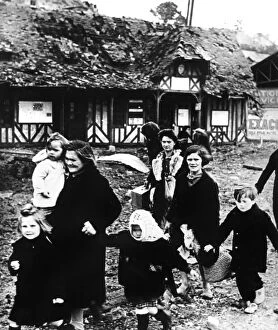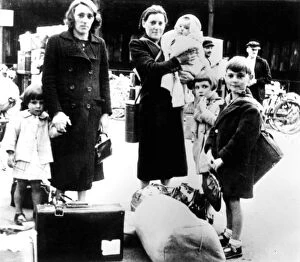Occupied Collection (page 8)
"Occupied: A Tapestry of Resilience and Freedom" Amidst the chaos of war, there are those who rise above
All Professionally Made to Order for Quick Shipping
"Occupied: A Tapestry of Resilience and Freedom" Amidst the chaos of war, there are those who rise above, fighting for liberty and honoring the indomitable spirit of resistance. From the Free French to the courageous Maquis fighters, their unwavering determination echoes through history. Eilean Donan Castle stands as a symbol of defiance against oppression, its ancient walls witnessing countless battles fought in pursuit of freedom. Carnaby Street in London becomes a vibrant tapestry where rebellion meets fashion, embodying the rebellious spirit that refuses to be silenced. In Brussels' Grand Place, an emblematic square steeped in history, we find unity amidst adversity. The Buddhist celebration of Losar reminds us that even during occupation, faith can transcend boundaries and bring solace to weary hearts. As traffic jams on the M25 Motorway near London test our patience, let us remember that resilience is born from perseverance. Just as De Gaulle's Declaration ignited hope for a liberated France, so too does it inspire us to never surrender our dreams. The iconic Flatiron Building in Manhattan's Broadway serves as a testament to New York City's enduring spirit – a beacon of hope rising above adversity. In San Francisco's Castro district lies another tale of resilience; this LGBTQ+ community thrives despite facing discrimination head-on. A glimpse into Europe's past reveals maps depicting borders shifting like tides across Balkans C1850—a reminder that occupation may come and go but cannot extinguish national identity or cultural heritage. Open-air cafes and restaurants along Nice's Cote d'Azure invite locals and visitors alike to savor life’s simple pleasures amid challenging times. And finally, Hispaniola emerges on an old map—its contours reminding us that even after centuries under foreign rule; nations can reclaim their independence with unwavering determination. "Occupied" encapsulates stories etched within historical landmarks—the triumphs over tyranny, the resilience of communities, and the unyielding pursuit of freedom.



